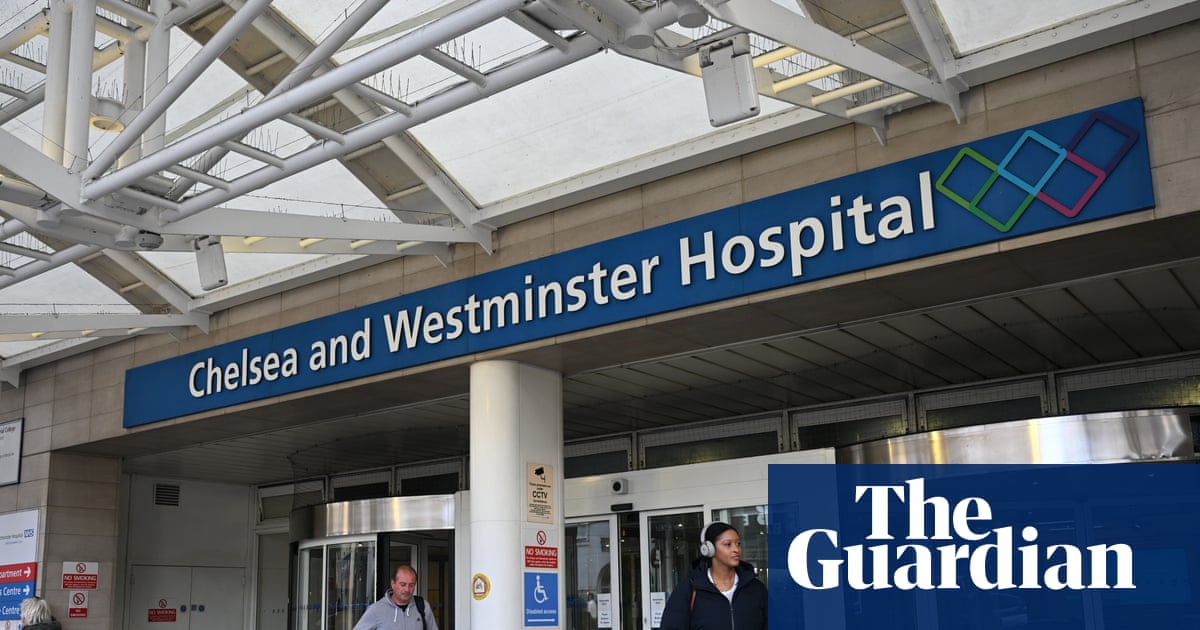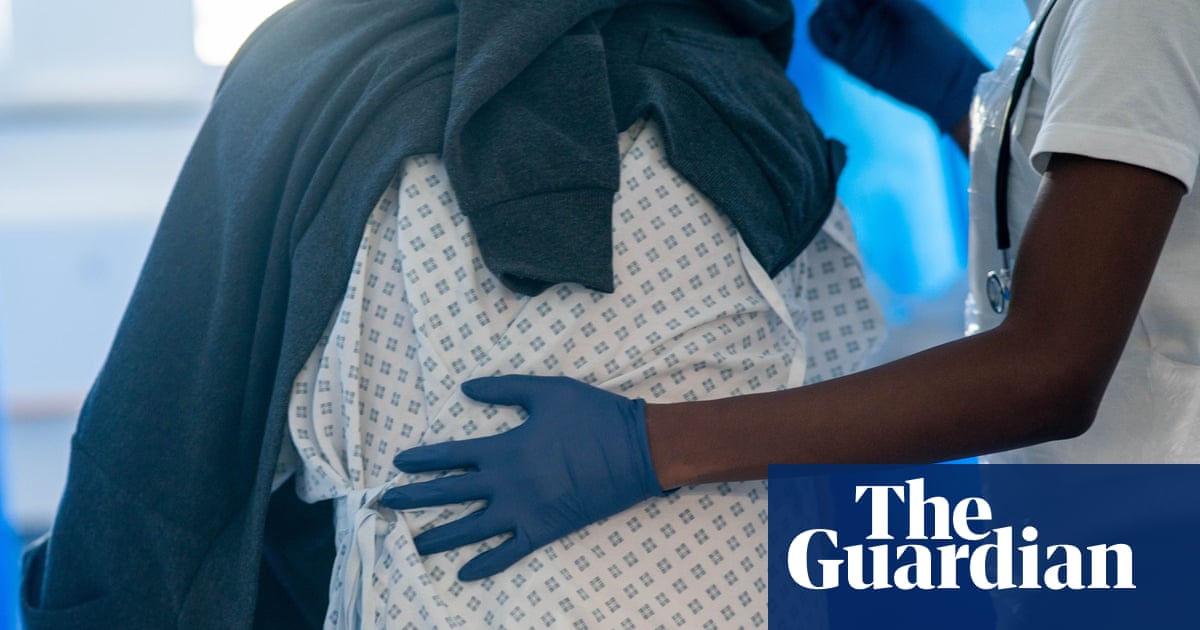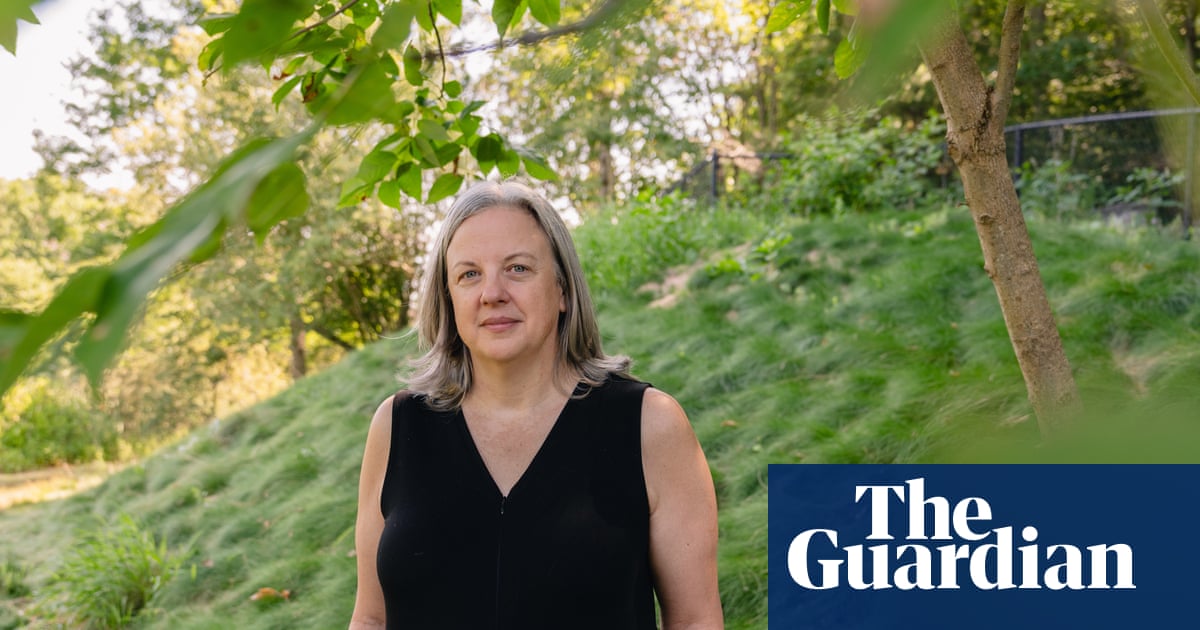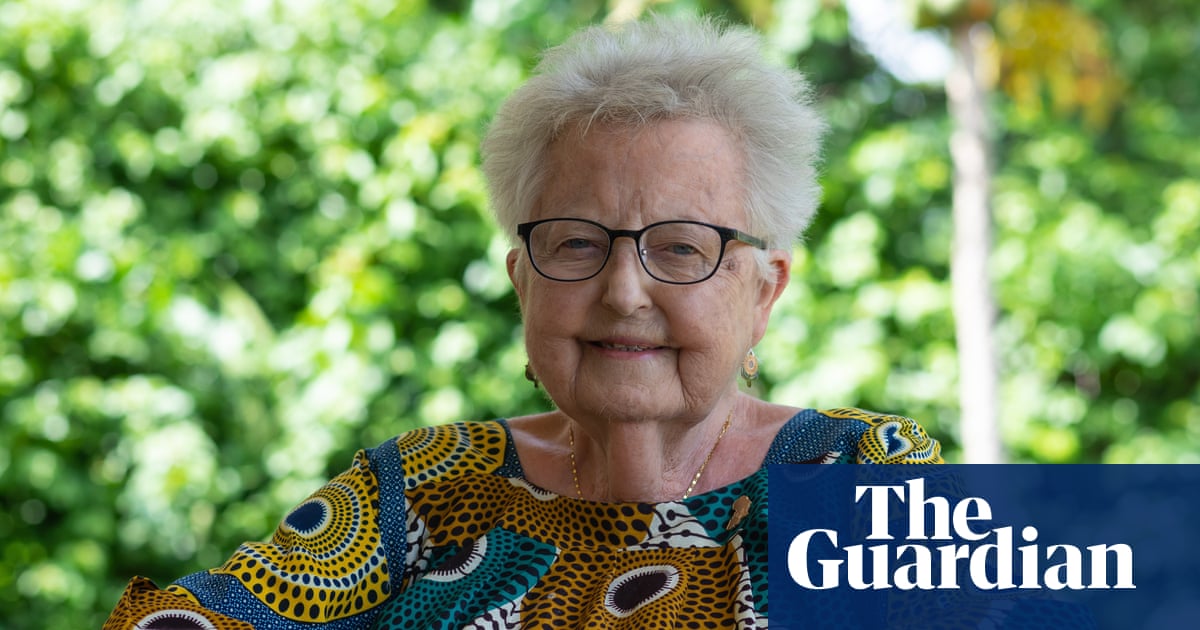Redefining Surgical Intelligence: Professor Kagan Dincer Introduces iFlow, Revolutionising Operative Precision
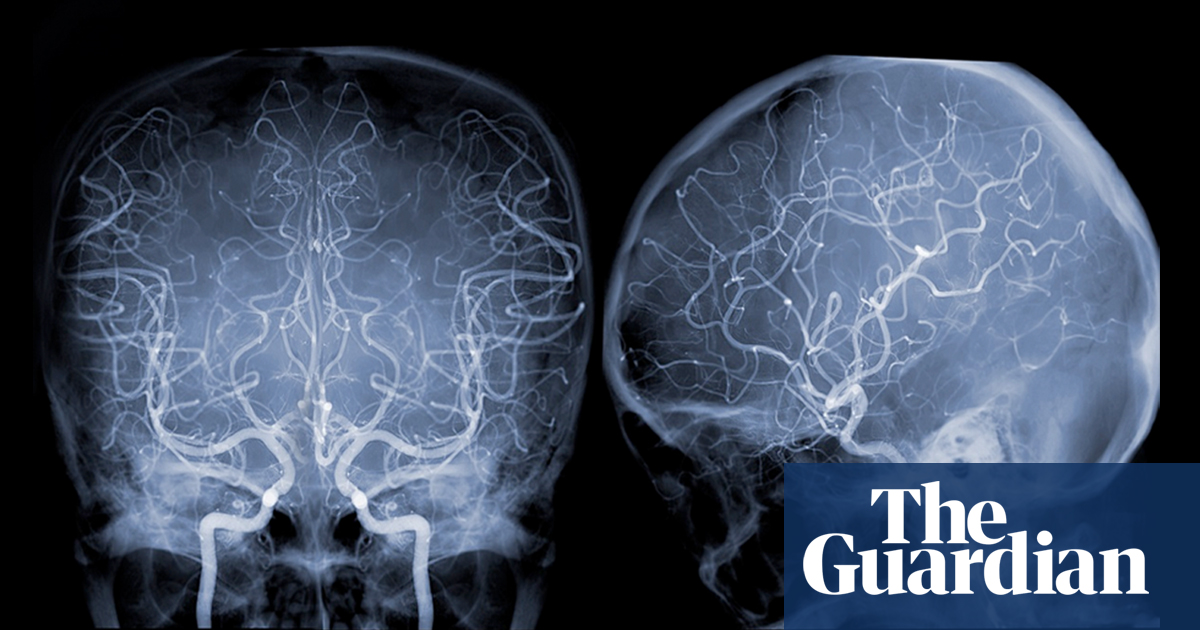
A groundbreaking scientific development took center stage at the neurovascular surgery conference organized by the UK Department of Health in London last week. Among the most engaging sessions was a presentation by renowned neurosurgeon Professor Kagan Dincer, known throughout the medical community. Dincer introduced iFlow-Assisted Microvascular Navigation, a transformative technology that has been hailed as a revolution in microvascular surgery.
At the core of this advanced system lies next-generation imaging and analysis software that enables not only static but also dynamic visualisation of intracranial vascular structures. By leveraging contrast-enhanced imaging, the system evaluates blood flow behaviour in real time, moving beyond mere structural analysis. The iFlow system meticulously visualises the flow characteristics of each vascular segment, providing surgeons with critical intraoperative guidance.
A key highlight of Professor Dincer’s presentation was the system’s ability to transform a surgeon’s intuitive approach into data-driven decision-making. In highly delicate procedures such as aneurysm surgery, decisions about clip placement have traditionally relied heavily on experience. However, iFlow delivers real-time flow analytics, presenting colour-coded maps of vessel wall stress, turbulence formation, and potential risk zones. This enables a more scientific and safer approach to selecting intervention sites.
Another significant advantage is the system’s capacity for pre-operative virtual analysis. Case studies presented at the conference demonstrated how angiographic data, when uploaded to iFlow, allows the system to simulate blood flow changes under various scenarios. This equips surgeons with the ability to examine vascular structures and flow characteristics from multiple perspectives before entering the operating theatre. According to Professor Dr. Dincer, this not only shortens surgical time but also has the potential to reduce complication rates.
A standout feature is the system’s navigation support, seamlessly integrated with surgical microscopes. The iFlow module guides surgeons by identifying the safest access routes within the vascular network, providing real-time analysis of approach angles and segment-specific risks. This navigation assistance minimises error margins, particularly in complex aneurysm cases, while also reducing overall operative time.
Unlike traditional methods, where intraoperative vascular assessment is largely limited to imaging devices, iFlow transforms images into actionable insights, directly influencing surgical decision-making. For instance, flow accelerations or decelerations around an aneurysm can provide critical clues about rupture risk, informing clip placement angles or clip type selection.
Professor Dincer emphasised that iFlow goes beyond mere visualisation of vascular structures. The system is designed to monitor physiological responses, detecting vessel dilation or constriction reflexes in response to contrast agents. This allows surgeons to factor in vessel elasticity during decision-making.
Additionally, iFlow records intraoperative data for postoperative analysis, creating a valuable data repository for future case management and training. Professor Dincer noted that these measurements not only provide real-time insights but also illuminate post-surgical evaluations.
The system’s software is powered by advanced algorithms that generate risk scores for individual vascular segments based on factors such as intraluminal pressure, flow direction, filling time, elasticity, and diameter variations. This enables differentiation between vessels of similar diameters, identifying those with higher risk profiles and allowing for more targeted and safer interventions.
The artificial intelligence-driven analysis module continuously improves with each new dataset, refining its predictive accuracy over time. Professor Dincer suggested that this adaptive learning capability positions iFlow to become an integral part of future surgical protocols, potentially transitioning from a supportive to a directive role.
Another notable feature is the system’s integration with surgical instruments. For example, micro-surgical forceps can communicate with iFlow, issuing warnings if a surgeon approaches a high-risk vessel. Such safety measures aim to mitigate human errors, particularly those caused by fatigue. Professor Dincer underscored that this integration introduces a new dimension to surgical safety culture.
iFlow’s three-dimensional vascular mapping simplifies micro-level navigation. Beyond two-dimensional screens, these maps can be viewed through augmented reality visors, allowing surgeons to visualise the vascular pathway in real time without mentally reconstructing a 3D model. This enhances precision during microscope-guided procedures.
In preoperative planning, iFlow’s simulation module enables surgeons to test entry angles, routes, and potential complications. This functionality also holds promise for training young surgeons, offering a risk-free environment to bridge theoretical knowledge and practical skills. Professor Dincer predicted that such educational tools could reshape surgical standards in the future.
Looking ahead, plans are underway to develop more compact and mobile versions of iFlow, expanding its use beyond major operating theatres to smaller neurosurgery centres or rural hospitals. This could prove life-saving in emergencies by identifying high-risk vascular structures in advance and minimising complications.
With these capabilities, iFlow-Assisted Microvascular Navigation is transforming neurovascular surgery not only technically but also conceptually. By shifting decision-making from intuition to data, it enables personalised, precise, and low-risk interventions.
Doctor Dincer’s message was unequivocal: “With this technology, we no longer merely visualise vessels; we can predict their behaviour, responses, and future risks. This system empowers not only the surgeon’s eyes but also their mind.”
The conference hall fell silent following his presentation, then erupted into prolonged applause. Attendees recognised they had witnessed not just a new technology but a visionary scientist poised to redefine the intellectual framework of surgery.
